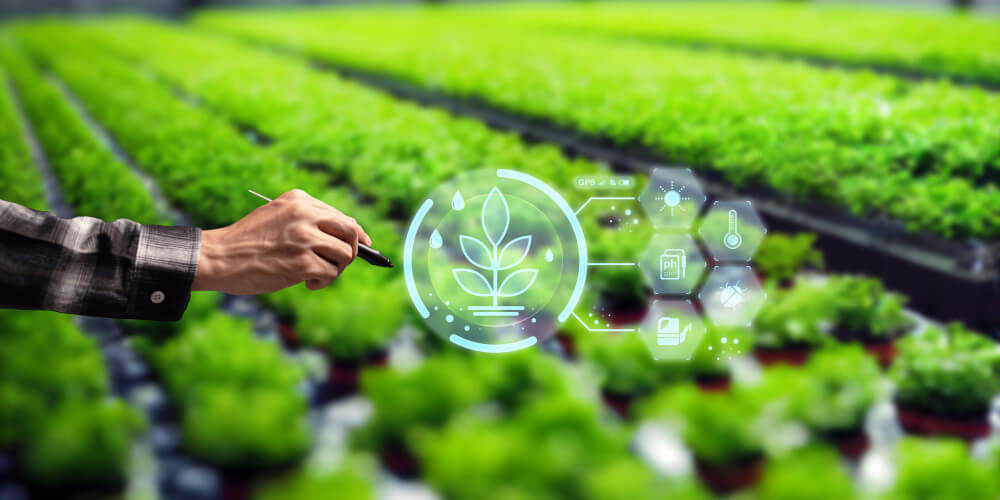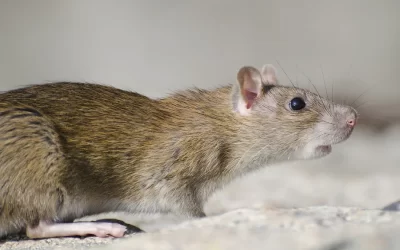In today’s agricultural landscape, the emphasis on sustainability and eco-conscious practices is more critical than ever. With the growing demand for organic produce and the need to minimize environmental impact, farmers are turning to eco-friendly pest control solutions to ensure farming success.
The Importance of Eco-Friendly Pest Control
Effective pest control is essential for maintaining crop health and maximizing yields. However, traditional pest control methods often involve the use of harmful chemicals that can pose risks to human health and the environment. Eco-friendly pest control solutions offer a safer and more sustainable alternative, providing effective pest management without compromising environmental integrity.
Benefits of Eco-Friendly Pest Control
1. Environmental Sustainability
By using eco-friendly pest control methods, farmers can minimize their impact on the environment. These methods focus on natural and non-toxic solutions, reducing pollution and preserving biodiversity.
2. Healthier Crops
Eco-friendly pest control techniques target pests while preserving beneficial insects and microorganisms essential for soil health. This approach helps maintain a balanced ecosystem, resulting in healthier and more resilient crops.
3. Cost-Effectiveness
While some eco-friendly pest control solutions may have higher initial costs, they often prove to be more cost-effective in the long run. By reducing the need for chemical pesticides and promoting natural pest control mechanisms, farmers can save money on input costs and increase their overall profitability.
Popular Eco-Friendly Pest Control Methods
1. Biological Control
Biological control involves using natural predators, parasites, or pathogens to control pest populations. Examples include introducing ladybugs to control aphids or using bacteria to target specific insect pests.
2. Crop Rotation
Crop rotation is a traditional farming practice that involves alternating the types of crops grown in a particular field each season. This technique helps disrupt pest life cycles and reduce the buildup of pest populations in the soil.
3. Companion Planting
Companion planting involves growing complementary crops together to repel pests or attract beneficial insects. For example, planting marigolds alongside vegetables can deter pests like nematodes and aphids.
Implementing Eco-Friendly Pest Control on Your Farm
1. Assess Your Pest Pressure
Identify the pests present in your area and assess their potential impact on your crops. This will help you determine the most appropriate eco-friendly pest control methods to employ.
2. Choose the Right Solutions
Select eco-friendly pest control products and techniques that are suitable for your specific pest issues and farming practices. Consider factors such as crop type, growing conditions, and environmental considerations.
3. Monitor and Adapt
Regularly monitor your crops for signs of pest damage and adjust your pest control strategies as needed. Integrated pest management (IPM) approaches emphasize proactive monitoring and targeted interventions to minimize pest damage effectively.
4. Embrace Sustainable Practices
Incorporate sustainable farming practices into your overall pest management strategy, such as soil conservation, water management, and habitat preservation. These practices can help create a more resilient and environmentally friendly farming operation.
In conclusion, eco-friendly pest control solutions offer a promising path forward for farmers seeking to achieve farming success while minimizing their environmental footprint. By prioritizing sustainability and embracing innovative pest control methods, farmers can protect their crops, support biodiversity, and contribute to a healthier planet for future generations.
To take the next step towards implementing eco-friendly pest control solutions and achieving farming success, visit our shop today! Shop Now






